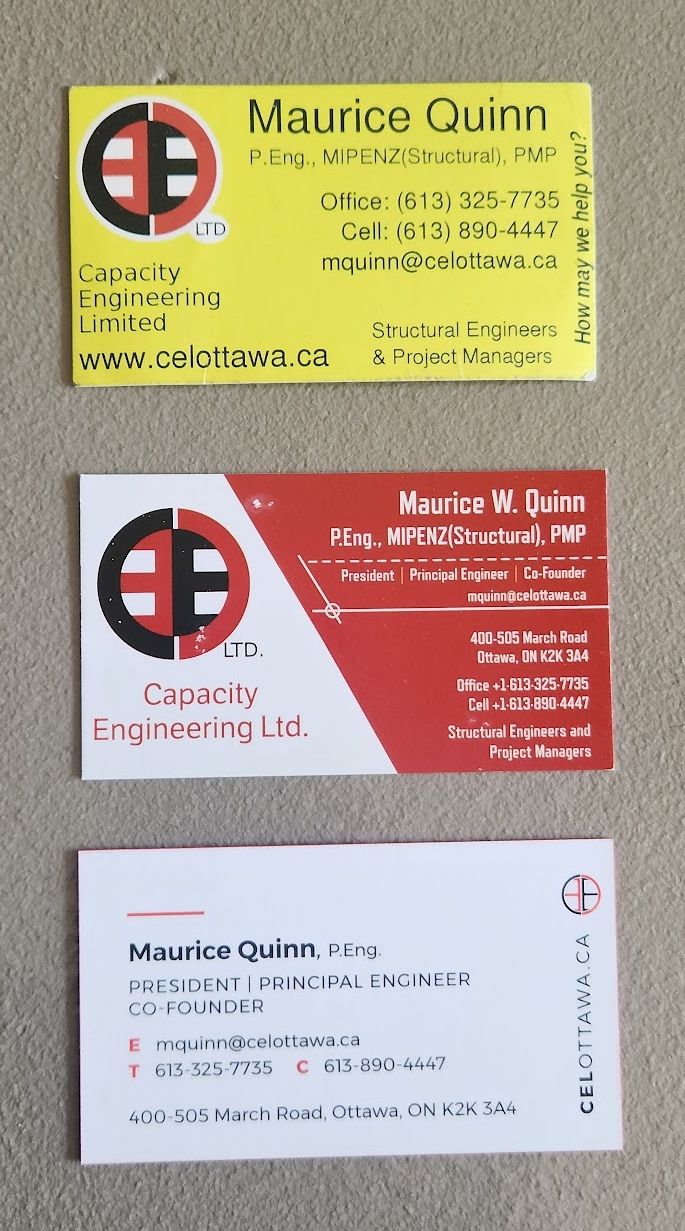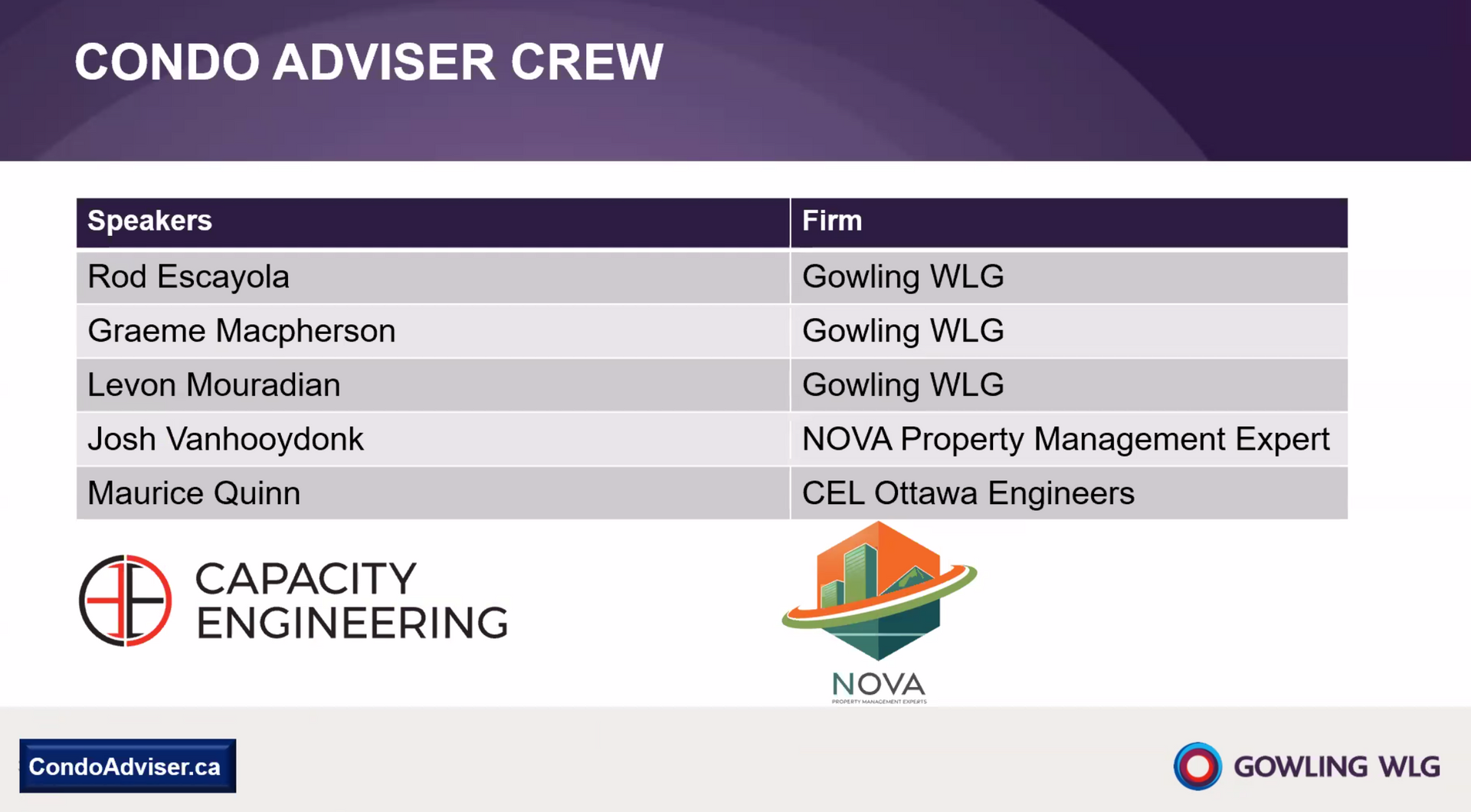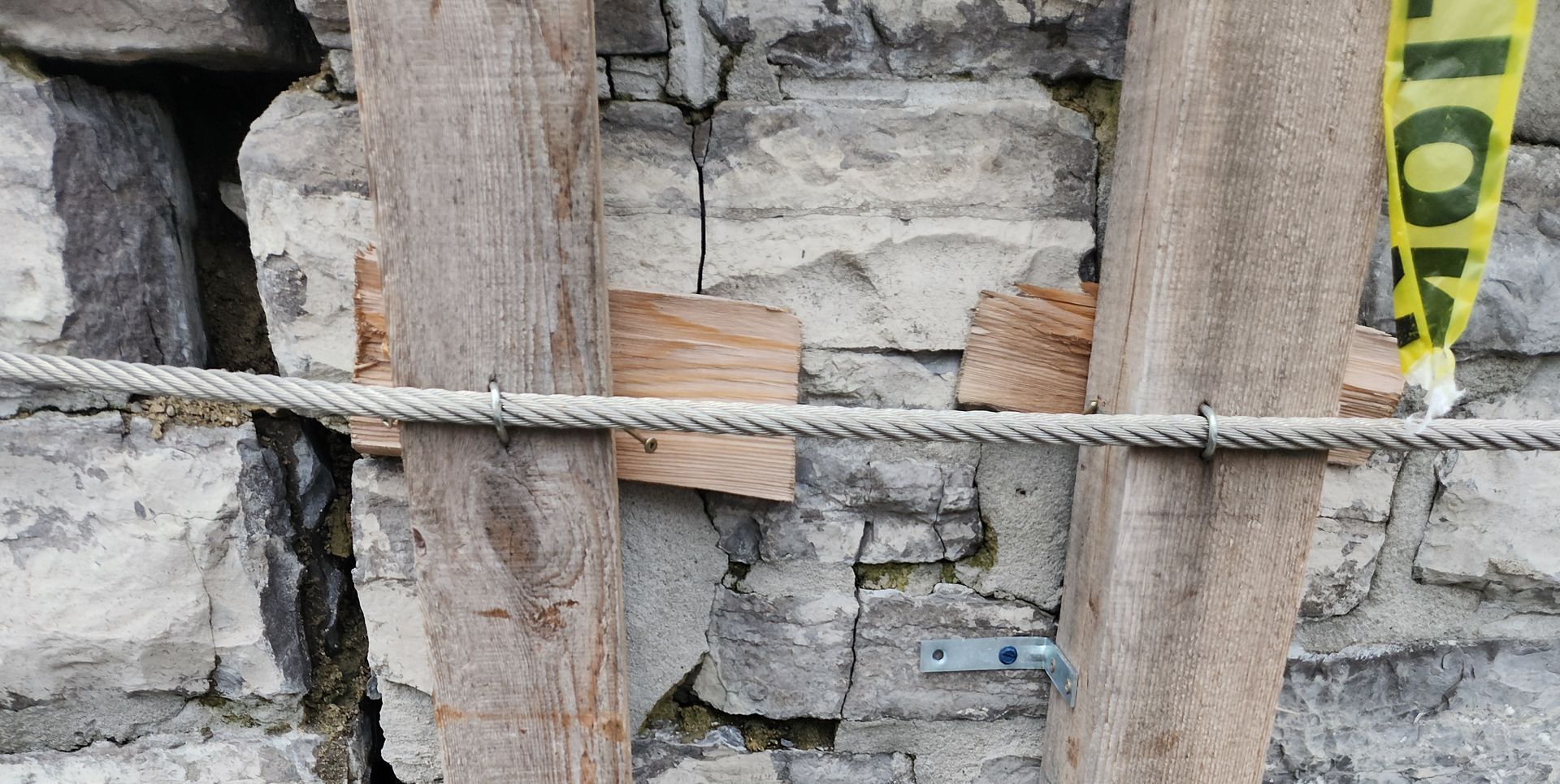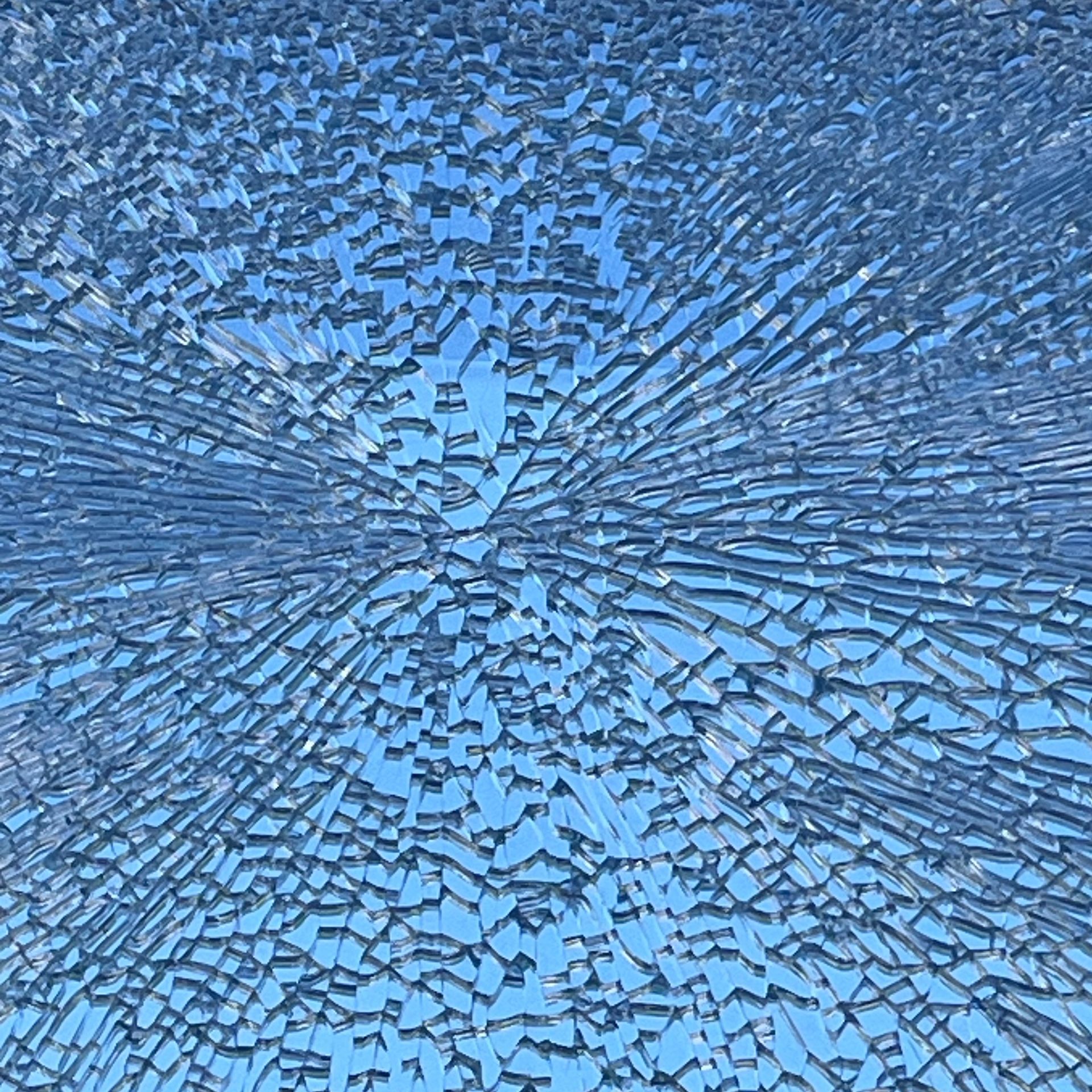When the Engineer Doesn't
What happens when your engineer refuses to look at something?
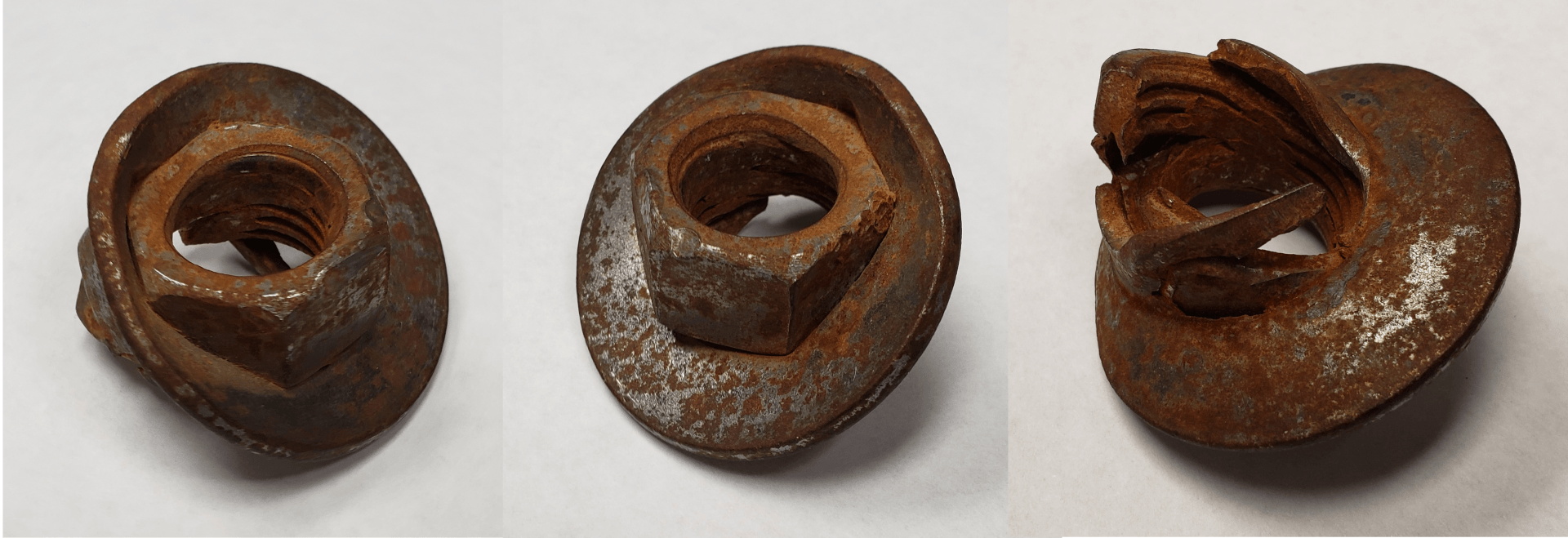
These bolts are bad, but not every engineer would catch the issue. Honestly? It is entirely possible that staff from our office would miss this as well... That doesn't make anyone a "bad" engineer, merely not the right one for the situation.
It came to our attention that a seriously deficient condition faced by one of our clients had been previously flagged to one of our direct competitor's staff while on site for a building condition visit. This post is about two things: 1) Persistence when you have a concern, and 2) The limit of a professional's practice.
P.Eng. licensed engineers in Canada are members of a self-regulating profession. We are able to work in areas which require the application of specialized engineering knowledge where the unsuspecting public might be at risk... So an engineer working exclusively in a factory for a single employer only ever having to do with their operations does not need a license, but the engineer you welcome into your home to help you remove a wall does. This is the system we have, and it works quite well in general. It is a cornerstone of this system, however, that an engineer refuses work that they are not competent to undertake.
What happens when you have an engineer attend to site who does not have the right training and experience to handle something you've brought up? Well, then the most professional and appropriate thing for them to do would be limit their practice, ie: say no. In this case the engineer should respectfully decline to comment, perhaps even decline to look if they know it is outside their scope of practice, and in any case you shouldn't be getting help from them. They are likely not a bad engineer or a person looking to dodge something; they are simply respecting the fundamental truth of the limits of their own experience and competence.
So far, so good, but here's where I stop defending and start to critique. The client was not only told that the engineer would not look, they were told their budget didn't justify bringing on board the right engineer to review the situation. Now this, this I take exception to... The right answer is to refer the client to the right people, not to tell them they don't have enough money to have the situation reviewed. If you need more in order to engage a sub, then you ask for more. In my opinion it is a serious breach of the trust the public place in our profession to fail to have any concern, no matter how seemingly minor, reviewed by someone qualified to work on such issues.
This is a fee for service industry, and your engineering is always going to have a cost, HOWEVER, this cost should never include ignorance, refusal, obfuscation, or a missed opportunity to catch something before things go wrong. Many times in my career I have condemned structures, some of them when no one was expecting such a determination. On two occasions, I have said collapse was imminent, and the collapse occurred within the next 48 hours. If you have a concern, if something worries you, then BE PERSISTENT. If an engineer says no, then be polite but firm: Get someone who they know can review your issue, or FIND ANOTHER ENGINEER.
